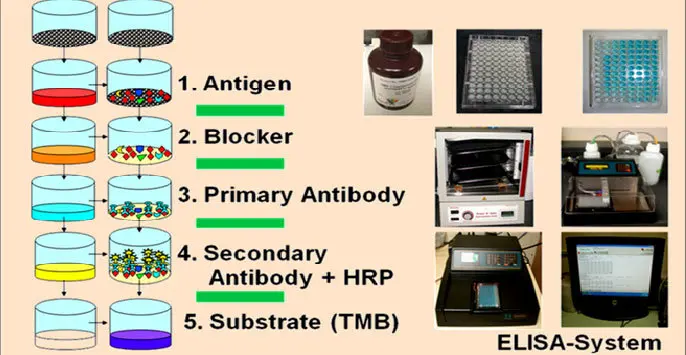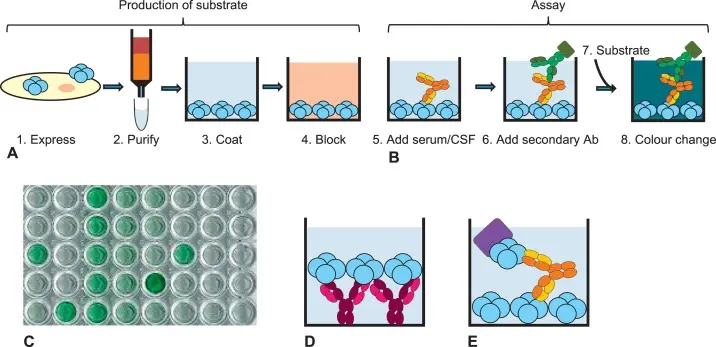Aflatoxins are toxic secondary metabolites produced by Aspergillus flavus and Aspergillus parasiticus, which commonly contaminate food crops like maize, peanuts, and tree nuts. Due to their carcinogenic, hepatotoxic, and immunosuppressive effects, aflatoxin detection has become essential for food safety regulations worldwide.
One of the most widely used and reliable methods for aflatoxin detection in food and feed is the ELISA technique (Enzyme-Linked Immunosorbent Assay). This method combines specificity, sensitivity, and cost-effectiveness, making it ideal for both laboratory and on-site screening.
What is ELISA for Aflatoxin Detection?
ELISA is an immunological assay based on the antigen-antibody interaction. In the case of aflatoxins, specific antibodies bind to the aflatoxin molecules in the sample. A secondary enzyme-linked antibody then produces a colorimetric change upon substrate addition, indicating the presence and quantity of aflatoxins.
There are several types of ELISA methods, but the competitive ELISA is most commonly used for small molecules like aflatoxins.
ELISA Protocol for Aflatoxin Detection: Step-by-Step
Materials Needed:
- ELISA microtiter plate coated with anti-aflatoxin antibodies
- Aflatoxin standards and samples
- Enzyme-labeled aflatoxin conjugate
- Substrate solution (e.g., TMB)
- Stop solution (e.g., sulfuric acid)
- Plate reader (450 nm)
Procedure:
- Sample Preparation: Extract aflatoxins from food samples using a mixture of methanol:water (usually 70:30). Filter or centrifuge the extract.
- Add Samples: Dispense standards and samples into the wells.
- Add Conjugate: Add the enzyme-labeled aflatoxin conjugate to each well.
- Incubation: Allow the reaction to occur (typically 30–60 minutes at room temperature).
- Washing: Wash the plate multiple times to remove unbound substances.
- Add Substrate: Add the TMB substrate and incubate to develop color.
- Stop Reaction: Add the stop solution to fix the color intensity.
- Read Absorbance: Use a microplate reader to measure absorbance at 450 nm.
- Interpretation: Compare with the standard curve to determine aflatoxin concentration in each sample.
Advantages of ELISA for Aflatoxin Detection
- High Sensitivity: Can detect aflatoxins in ppb (parts per billion).
- Specificity: Antibodies target specific aflatoxin types (e.g., B1, B2, G1, G2).
- Rapid Turnaround: Results within 2 hours.
- Cost-Effective: Lower cost than chromatographic methods like HPLC.
- Scalable: Suitable for large-scale routine testing in laboratories or field conditions.
Applications of ELISA in Aflatoxin Control Programs
- Food Industry Quality Assurance
- Export Certification for Aflatoxin Compliance
- Monitoring Animal Feed Safety
- Research in Mycotoxin Management
- Governmental Surveillance Programs
Conclusion
A Reliable Tool for a Safer Food Supply
The ELISA method has revolutionized aflatoxin monitoring due to its reliability, ease of use, and adaptability to various food matrices. As regulatory standards for aflatoxins become increasingly stringent, adopting robust detection techniques like ELISA is vital for public health protection and international trade compliance.

